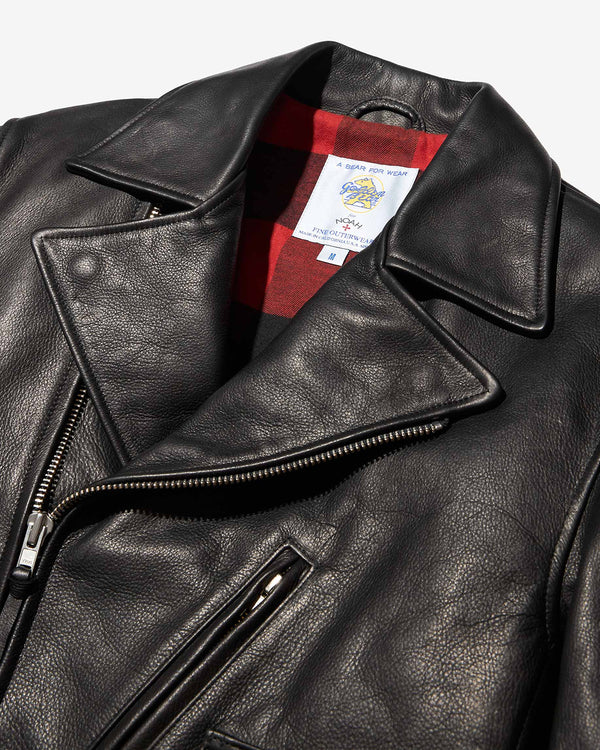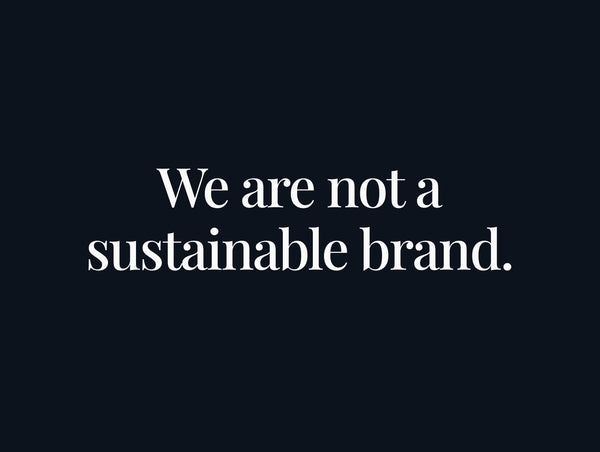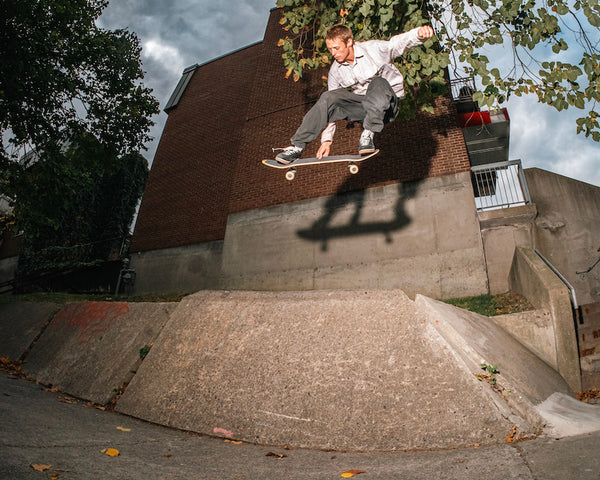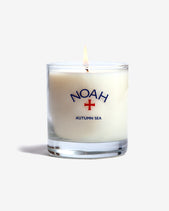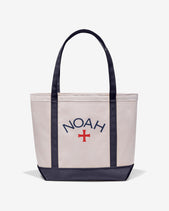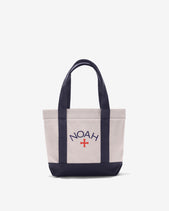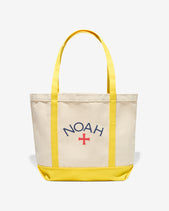
Sometimes when you come up with the idea for something, you don’t realize how challenging it will be to bring into the world. These are the projects that test our resolve, and are a reminder that our path isn’t always going to be easy. The paisley fleece we made this season is a prime example.
We love paisley, and its history going back centuries ago to the Persian empire, coming to us through India and then to Western Europe, sparked through colonial trade and becoming so popular that mills everywhere we're making it.
Paisley comes in an endless variety of patterns and colors, and we liked the idea of making an all-over printed paisley fleece. The particular patterns that we wanted to go with had floral elements, creating a complex color scheme of ten colors. And that’s where it started to get interesting.

Here’s what we knew when we started - we love Canadian fleece and believe it might be the best fleece in the world, dollar for dollar. We needed to find a company with advanced printing capability for our design, which requires a highly specialized (and expensive) machine. And as always, one of our non-negotiable requirements is that the workers that produce our clothing are able to earn a wage that provides them with a decent standard of living.
If we use Canadian fleece, we’d need to find that printer in Canada. You’re probably thinking - why can’t we find a printer somewhere else? We definitely could. If we wanted to produce in China, there are any number of factories with that capability - they’re one of the world’s most advanced manufacturing countries. But China is not an option for us.
So back to Canada. Some time ago, apparel manufacturing was a North American strength. But it’s always been a labor intensive industry, and as consumers started demanding lower prices in the Nineties, free trade deals shifted manufacturing overseas to locations with lower wages. This was part of an overall trend you’ve probably heard about, but even today, apparel is probably the hardest hit of American manufacturing sectors. As a result, a lot of factories have closed down, and we’ve lost a lot of that expertise that comes from decades of practice.
In short, our challenge was to find the best match for the best fleece - someone who knows what they’re doing and treats their workers well, that has invested in specialty machinery, in an industry that’s been decimated in the country we prefer to work in. If all this sounds like a pretty small eye of the needle that we had to thread, it was. There are so many ways in which we could have found ourselves unable to move forward.
But we got lucky.
We found one company in Canada that does exactly what we needed. As far as we or they know, they’re one of the last companies in the Americas that can do what they did for us.



We want to break it down a little bit more, just so you can share in our appreciation for what they do well. The best approach to our patterns was to use screenprinting, which is where a pattern is chemically imprinted onto a screen and ink pressed through the softened mesh area onto the fabric. And if you know screenprinting, you know that each color needs its own screen.
If you’re doing a one-color design on a t-shirt, you can get away by doing this by hand. But our pattern of ten colors needed ten screens, requiring a specialized (and expensive) machine called a belt printer. Basically, the fabric is affixed to a conveyer belt which moves it down an assembly line of sorts, pausing briefly for each screen to get lain down and take a print strike, one print on top of the previous one. After it goes through this screenprinting gauntlet and goes through a drier, it’s done. It goes like this, producing a roll of fabric in a complex choreography of machinery that has to be seen to be believed.
Just imagine the amount of precision required - stamping part of a design, one on top of the other. If you don’t get the alignment just right, you’d have to start again. Now think of screens that are almost six feet long by five feet wide, that need to be millimeter perfect in their alignment.



It was the most difficult part of the process and if the printer can’t get an accurate print, they have to throw away perfectly good fabric. We’re fortunate that the master printer who oversaw our production has the experience to get the job done well. He’s the second generation in a family-owned business and started learning his craft at the age of 8. As you can imagine, he’s picked up more than a few tricks of the trade to get the printing just right, and his machines have been heavily customized to work with fleece fabric.
They custom mixed each ink to match the colors we wanted. The inks themselves have such complex performance requirements that they have a full-time chemist on staff. It’s a minor miracle that we found a partner with this level of capability and know-how in Canada.
We couldn’t be happier with the way the pieces turned out. The fleece is durable, the construction spot on, and the colors are deep and vibrant. We might be biased, but quite honestly pictures don’t do them justice. And using discharge printing means the fleece doesn’t have the kind of roughness you’d imagine for a ten color print. We were able to work with a family-owned business and we were able to use high quality Canadian fleece, all at a price that makes sense.
But just as much, or maybe even more, we’re thrilled that we were able to make a product we’re proud of, in a way that we can stand behind. When you’re a small company like us, the choices aren’t always simple. There’s not always a clear path to your objective. Other people might look at the decisions we make, and question why we’re doing things this way. But for us, the question is always going to be, “why shouldn’t we do it this way?”
